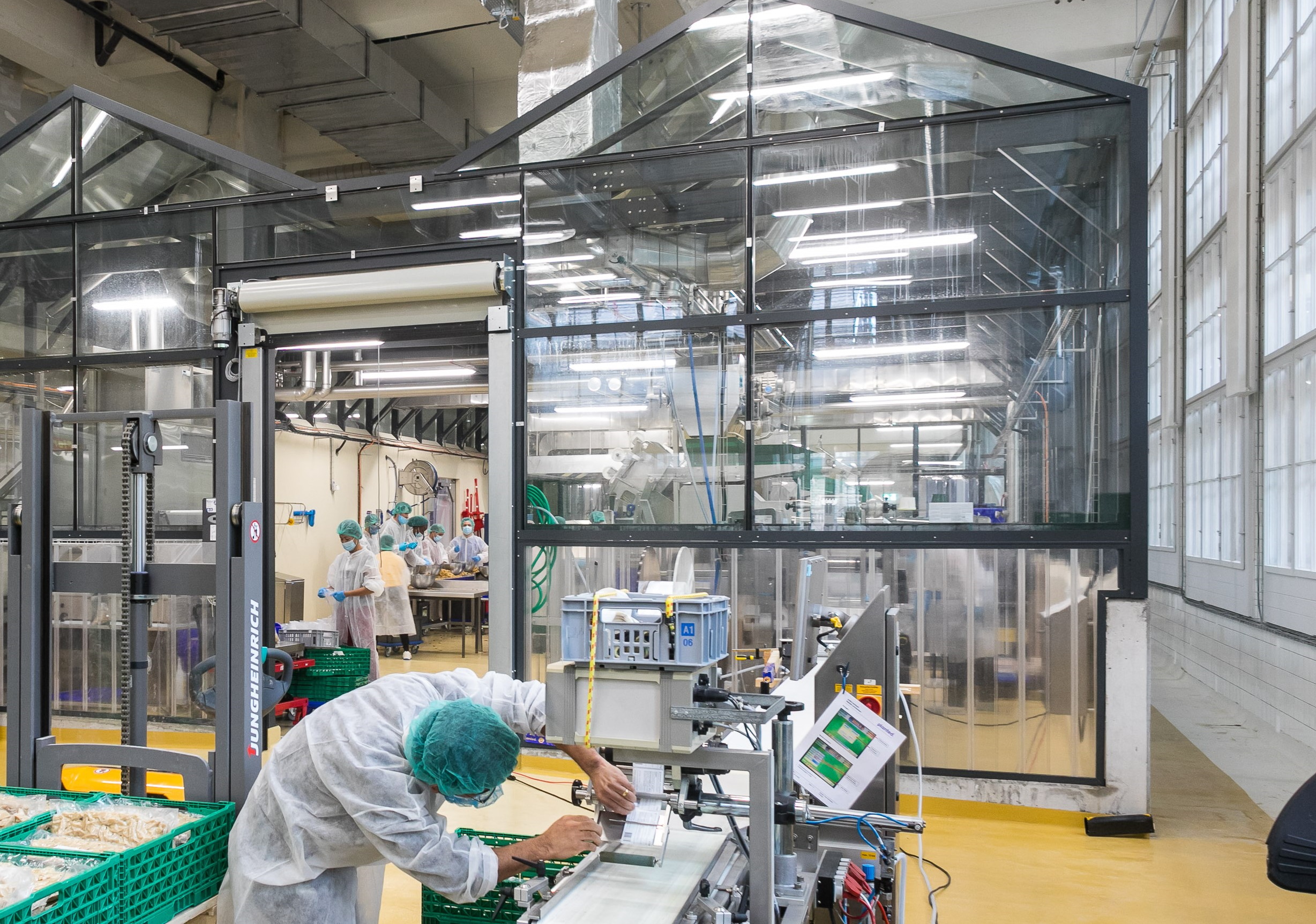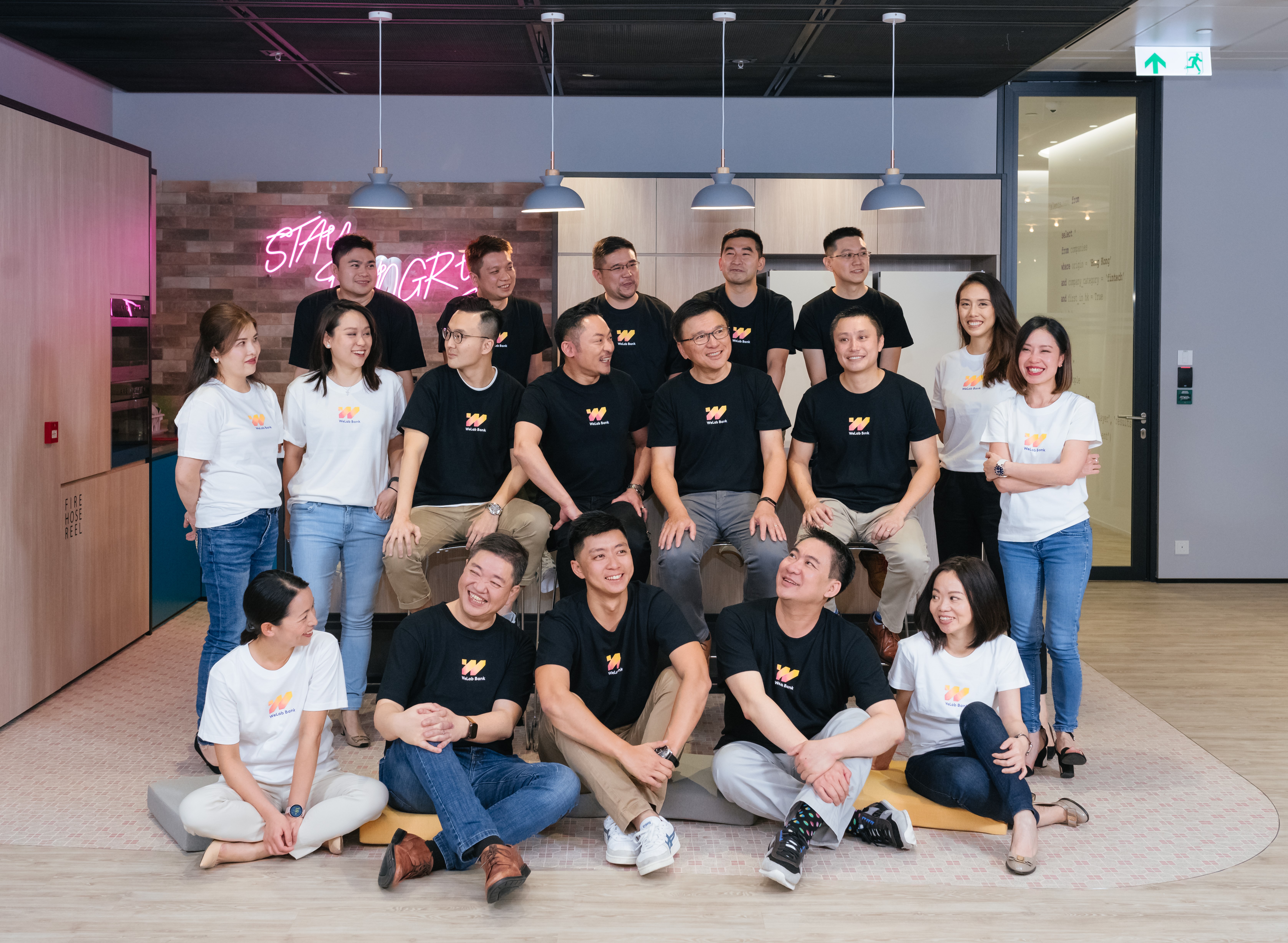The Station is a weekly newsletter dedicated to all things transportation. Sign up here — just click The Station — to receive it every weekend in your inbox.
Hi friends and new readers, welcome back to The Station, a newsletter dedicated to all the present and future ways people and packages move from Point A to Point B.
Our transportation desk is taking shape. Two new reporters, Aria Alamalhodaei and Rebecca Bellan started Monday and have already provided some new and interesting coverage. Tamara Warren, a former editor at the Verge who has been writing about automotive and tech for two decades, reviewed the Aston Martin DBX. This week, Abigail Basset, a World Car Juror former CNN producer who writes about cars, tech, business — pretty much everything — break down the new VW ID. 4.
We’re just getting started. Vamos.
Please help welcome them and follow them on Twitter and maybe even drop them a DM. You can find them @RebeccaBellan and Aria over @breadfrom.
Micromobbin’
Scooter clutter has prompted a number of entrepreneurs to start companies, all aiming to solve the problem. Tortoise has its repositioning software, companies like Swiftmile offer docking stations that also charge scooters.
But what about a solution that works across brands? Paris aims to find out.
The city is testing universal charging infrastructure for electric scooters in a pilot project that will kick off in the second quarter of this year. DUCKT, which was awarded the pilot, will install 150 dock and charge points that can be plugged into bus stations and street lighting to provide the power source.
DUCKT was one of 15 companies that were named Urban Innovation District winners. Each winner is testing a different urban project in the 13th arrondissement. The competition, which is run by Paris & Co.’s urban innovation lab, includes pilots focused on food waste, rainwater collection, revegetation and waterproofing as well as several mobility projects. Ezymob will test a mobile app that helps visually impaired people navigate public transit, Mobilypod is launching a subscription-based cargo bike service and bike shelters and the LaCroix Lab is piloting 4SafeMobilities, a system designed to streamline traffic at intersections and pedestrian crossings.
Meanwhile, Porsche is taking its electrification ambitions to two wheels. The German automaker unveiled this week two electric bikes alongside the global debut of the Porsche Taycan Cross Turismo, the latest variant to its EV flagship. These bikes cost between $8,000 and more than $10,000 — prices one might expect from the luxury performance brand.
Deal of the week
Forget the “deal of the week.” How about we take a stroll down memory lane and look at all the deals of 2020? CB Insights, released March 3 its State of Mobility report that looks at 2020 investment data and trends surrounding all things transportation.
The upshot: The COVID-19 pandemic did help push total funding down 5% year-over-year to $27.19 billion, although CB Insights saw recovery in the second half of the year. There were 522 deals, a 21% drop from the previous year.
Total funding only tells part of the story though. If 2020 will be known for anything — aside from the whole global pandemic thing — it’ll be for the incredible number of SPAC deals across auto and mobility. There were 107 exits last year with 22 of them from startups going public via a merger with a special purpose acquisition, or “blank check” company. Having trouble gauging if that’s a big deal? Here’s some help: there were five auto and mobility SPACs between 2015 and 2019. Five. Electric vehicle companies and those with technology that supports EVs made up 68% of those SPAC deals in 2020.
The SPAC spree isn’t stopping either with Joby Aviation, Hellbiz and Otonomo are just a few that have reached merger agreements and will go public in 2021.
Electric vehicle tech and autonomous vehicle tech both reached peaks in 2020. EV tech companies raised $12.8 billion across 193 deals, while AVs brought in $7.3 billion across 105 deals, according to CB Insights. It’s worth noting that the AV industry appears to be maturing — at least in a funding perspective — with the average deal size rising 16.8% from the previous year to $104 million.
Connected car tech and auto commerce both saw dips in funding last year. For the second straight year, connected car tech saw a drop in funding and total number of deals. Funding plummeted 52% to $1 billion in 2020 compared to the previous year. CB Insights said the drop is because connectivity solutions have been widely adopted and investors have shifted their attention and money to other areas of auto tech such as electrification and autonomy.
Perhaps to no one’s surprise, bike and scooter companies saw funding rise 52% year-over-year to $2.4 billion in 2020. That’s still below funding seen in those heady days of 2017 and 2018 when scooters won over the hearts and minds of investors. Scooter and bike companies raked in $3.2 billion in 2017 and $4.9 billion in 2018.
And finally, funding to shared mobility companies (MaaS) fell 20% in 2020 to $6.3 billion across 116 deals.
Other deals that got my attention …
Aero, a startup backed by Garrett Camp’s startup studio Expa, raised $20 million in Series A funding round led by Keyframe Capital, with Keyframe’s chief investment officer John Rapaport joining the Aero board. Cyrus Capital Partners and Expa also participated.
Boom Supersonic, the aerospace startup building supersonic jets, landed a strategic investment from American Express Ventures. The funds will be used for the development of the company’s flagship product, the supersonic airliner Overture.
Fluid Truck, a Denver-based app-based platform that lets users make short-term rentals of commercial vehicles, raised $63 million in a Series A funding round. The truck sharing platform is aimed at mid-mile and last-mile delivery companies, which use it to remotely manage an on-demand rental fleet via web or mobile app. Private equity firm Bison Capital led the round, with participation from Ingka Investments (part of Ingka Group, the main Ikea retailer), Sumitomo Corporation of Americas and Fluid Vehicle Owners.
Instacart, the n-demand grocery delivery platform, raised $265 million in funding from existing investors Andreessen Horowitz, Sequoia Capital, D1 Capital Partners and others. The new funding pushed the company’s valuation to $39 billion — more than double its $17.7 billion valuation when it raised $200 million just six months ago.
As TechCrunch’s Darrell Etherington writes: What’s behind the massive increase in the value investors are willing to ascribe to the business? Put simply, the pandemic. Last year, Instacart announced three separate raises, including a $225 million round in June, followed by a $100 million round in July. The rapid sequence of venture capital injections were likely designed to fuel growth as demand for grocery delivery services surged while people attempted to quarantine or generally spend less time frequenting high-traffic social environments like grocery stores.
Loggi Tecnologia, the Brazilian delivery company backed by SoftBank and Microsoft Corp., raised 1.15 billion reais ($205 million) in a round led by CapSur Capital, Bloomberg reported. The company is now valued close to $2 billion.
Rollick, the online powersports, RV and boat buying marketplace, raised $8.5 million in a funding round that included investors Sandbox Insurtech Ventures, TechNexus Venture Collaborative, Dallas Venture Capital, Alumni Ventures, and London Technology Club. Existing investors LiveOak Venture Partners, Silverton Partners, Autotech Ventures, ManchesterStory, Anthem Venture Partners and Capital Factory also participated.
Volocopter, a startup out of southern Germany that has been building and testing electric VTOL (vertical take-off and landing) aircraft, raised €200 million (about $241 million) in a Series D round of funding. New investors include funds managed by BlackRock, global infrastructure company Atlantia SpA., Avala Capital; Tier 1 supplier Continental AG, Japan’s NTT via its venture capital arm, Tokyo Century and multiple family offices.. Volocopter also said that all of its existing investors — a list that includes Geely, Daimler, DB Schenker, Intel Capital, btov Partners, Team Europe and Klocke Holding and more — also contributed to the round.
Alongside its aircraft, Volocopter has also been building a business case in which its vessels will be used in a taxi-style fleet in urban areas. CEO Florian Reuter told TechCrunch editor Ingrid Lunden that live services are now two years out for the two vehicle models it has been developing.
Policy salmagundi
Policy: it’s what for dinner.
I’m trying out a new, semi-regular section in the newsletter that will cover notable legislative activity around electric vehicles, autonomous vehicles, public transit and personal mobility.
This week, let’s head on over to California, where State Sen. Dave Min introduced a bill that would require all autonomous vehicles to also be zero emission by 2025. The bill was sponsored by the Union of Concerned Scientists, a group says it doesn’t want to see future means of transportation married to the technology of the past. Proponents point out the potential for AVs to either help or hurt attempts to cut emissions.
While the amendment is in line with the state’s goals to reduce emissions, it also adds a wrinkle to the plans of any AV developer that doesn’t currently use electric vehicles. Cruise and Zoox, for instance, only use electric vehicles. AV giant Waymo and numerous others use a mix of vehicles, notably the Chrysler Pacifica Hybrid minivan.
As Rebecca Bellan notes in her article, this proposed bill is in its infancy stages, so there are plenty of opportunities for it to be quashed.
The responses from the industry offered up the kind of political neutrality that aims to placate everyone. My interpretation of the various comments and statements — both on record and more informal on background chatter — is that work will soon begin to modify the language of the proposed bill to be more accommodating to the industry while hanging onto its original intent. That might mean pushing the deadline, adding hybrids and creating an exception for long-haul trucks.
Meanwhile, over in the land of passenger electric vehicles, work is underway to pass laws that would allow direct sales in at least eight states. Passage of such legislation would clear the way for EV giants like Tesla, along with newcomers Lucid and Rivian, which have yet to bring a vehicle to market, to sell directly to consumers.
Tesla, Rivian and other EV entrants are working together to pass these laws. Industry alliances are not unheard of on issues in which all the parties stand to benefit. Tesla’s cooperation is notable because it would end its monopoly on direct sales in some states.
Notable reads and other tidbits
Here are a few other stories that are worth sharing.
Aston Martin CEO Tobias Moers’ interview with Automotive News Europe is a complementary side dish to Tamara Warren’s review of the DBX.
Postmates X, the robotics division of the on-demand delivery startup that Uber acquired last year for $2.65 billion, has officially spun out as an independent company called Serve Robotics. (Y’all might recall I previously reported that a deal was being shopped to investors.)
Serve Robotics raised seed funding in a round led by venture capital firm Neo. Other investors included Uber as well as Lee Jacobs and Cyan Banister’s Long Journey Ventures, Western Technology Investment, Scott Banister, Farhad Mohit and Postmates co-founders Bastian Lehmann and Sean Plaice.
Tesla is closing its forums and launching a new social media platform called the Tesla Engagement Platform. The move has raised the ire of a community of its most ardent supporters.
Tortoise landed another deal, this time with Albertsons Companies, the grocery giant that owns Safeway and Jewel-Osco. Albertson said it has launched a pilot program that will test grocery delivery using remote-controlled delivery robots developed Tortoise. The pilot will start at two Safeway locations in Northern California, although Tortoise co-founder and president Dmitry Shevelenko said if successful, he expects the pilot to continue to scale to other stores in the state and possibly throughout the West Coast.
Toyota Motor said it plans to sell 500 billion yen ($4.7 billion) in “Woven Planet Bonds” to fund a variety of renewable energy and transportation projects, including assisted mobility vehicles, and increased use of
Volkswagen said it plans to launch an electric sedan in 2026. The company said that the vehicle, dubbed Project Trinity, will set “new standards” with its charging speed, battery range, and in other technology, Car and Driver reported.
Volvo Cars said it will only make and sell all-electric vehicles by 2030 as part of a broader transformation of the automaker that will include shifting sales online. The announcement was tied to the launch of the C40 Recharge, a low-slung crossover based on the company’s CMA vehicle platform.







